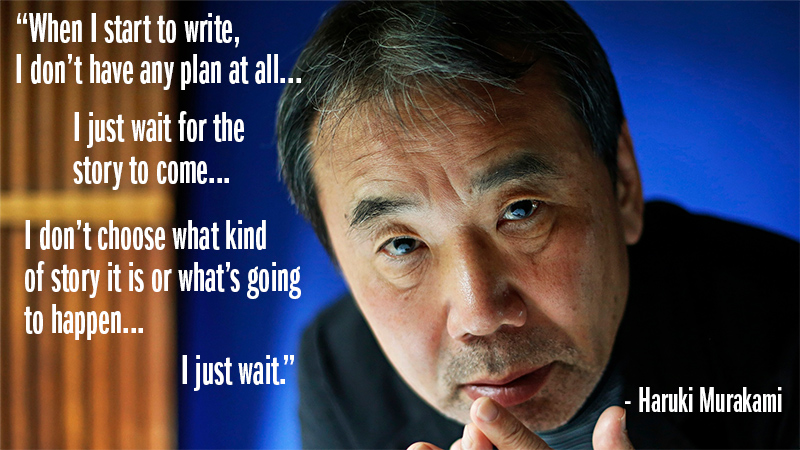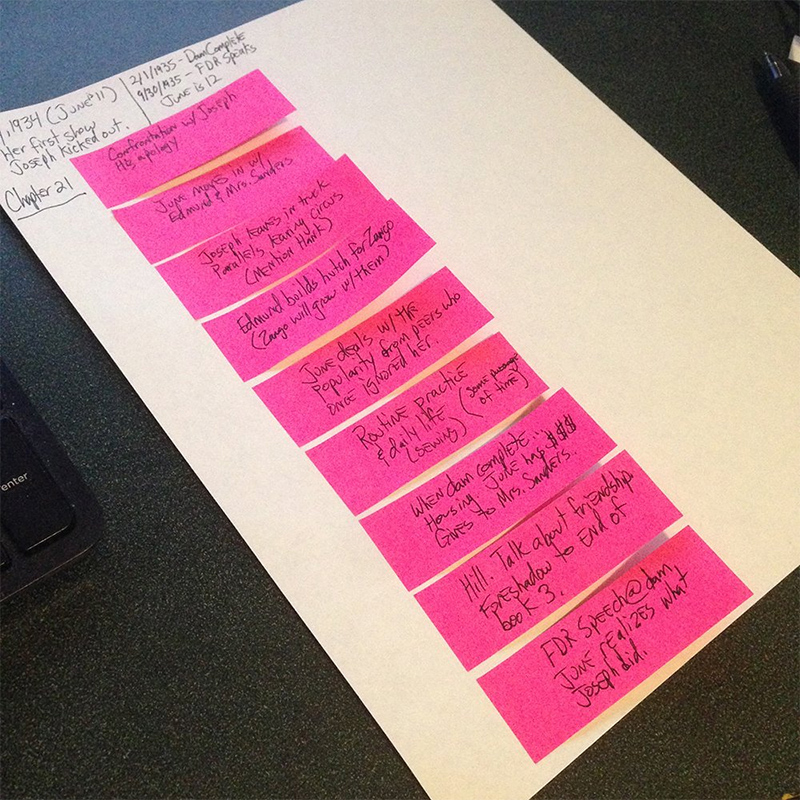 Recently, I wrote an entry about what it takes for me to be productive. (Quick version: Don’t do so damn much, say no to things, and stop distracting yourself with things that pull you away from writing.)
Recently, I wrote an entry about what it takes for me to be productive. (Quick version: Don’t do so damn much, say no to things, and stop distracting yourself with things that pull you away from writing.)
In many ways, that’s what I did when I started writing (head down; write all the time), but along the way, I changed how I went about things…especially when jobs with more responsibilities came into my life. I even considered actual productivity methods that seemed like they needed secondary systems to manage the methods.
There were times I tracked word count, and even a time I tried to track the quality of what I wrote.
I tried many things along the way, and changed how I went about almost everything…except writing.
Finding One’s Way
One of my favorite things to do is go for a walk in the woods. Even if it’s a trail I’ve been on many times, things always change along the way, but the walk is mostly the same. In that sense — to me — it’s a bit like writing a novel: I [usually] know where I’m going, but there are little changes along the way.
If I’m on a new trail, I might grab a map and plan a little bit, but I rarely say, “By this time of the day, I will be here…and this is where I’ll eat lunch. To get home by dark, I need to turn back at this point…”
I plan, but I don’t plan that much.
Finding One’s Way (Through the Pages)
Writing a novel is like hiking a trail: there’s a start, an end, and some things I know about along the way. What makes the two things exciting to me are the changes and surprises discovered when you take the time to do them.
One of my favorite hiking moments was with my wife on a nearby trail. We heard some crackling sounds and looked up the hill above us in the woods. A herd of deer made its way down, walking in front of us and behind us. We stood still as close to a dozen deer went about their way. (And as the trail twisted back and around on itself, we encountered the herd a couple more times.)
I couldn’t have planned that.
And often, there are things I can’t plan before writing a novel.
It Unfolds Like a Trail
When I begin any story, I [usually] have some idea about the beginning, a thing or two in the middle, and an end — although sometimes I just have the beginning and discover the story as I write. (Hey, it works for Haruki Murakami!)

I know writers who plan it all out before ever taking their first step, though. (They are like day hikers with maps, GPS waypoints, and other ways of tracking a hike.) They have a beginning and an end, and then they decide the book will be X-many chapters. And then they break those chapters into pieces…and sometimes those pieces into further-defined things. Then they sit down with that outline and write their book.
I envy those writers, but even they usually say things change along the way. (Sometimes, to the point they have to redo their outline.)
[You really can’t know the 80,000 – 100,000+ words you’re going to write without sitting down to write them.]
Stories unfold as they are written. Better ideas pop up, and sometimes the things you couldn’t wait to write no longer work for the story when you reach that point in its telling.
Things change, and the trick seems to be how you adapt to those changes.
I DO Plan Things
While I may not have grand methods for being productive (beyond “Ass in chair — now, write!”), I am fascinated by the methods people use to complete the things they do.
For me, I cannot plan until I’m there…because I often don’t know where “there” is when I start writing, or…things change along the way and “there” moves to someplace else (or becomes something else entirely).
For me, planning happens when I’ve waded into a project.
How I Plan…
I plan on the fly.
I have enough to run with, start writing, and as things become more clear, I sometimes stop and plan along the way.
In the middle of a project, a chapter plan might look like this:

What You’re Seeing…
There are few greater things to me than the 1-inch x 3-inch Post-It Note! There’s just enough room to jot down descriptions for one scene, but not enough to bog things down. And, because they are only an inch tall, it’s easy to put them in columns on a page and move things around.
This has become the way I rough out chapters. I grab a piece of copy paper and jot a bit of information that’s set at the top (or in the margins, if needed). In this example, the chapter takes place between 1934 and 1935. (I track years for this novel on a spreadsheet that’s probably a thing for another entry.) This story takes place mostly in Boulder City, Nevada — during the construction of Boulder Dam [Hoover Dam].
A major thing happens before this chapter: the main character (a budding magician) performs her first act. That date and info are written at the top of the page…along with some local history (the date the dam was complete…and the date when FDR came to town and dedicated the dam).
Then I jot ideas down on the Post-It notes and arrange them on the page.
I can move them around if needed, and I have plenty of space to jot down additional notes on the paper if needed.
(By the time this chapter was done, a couple notes were eliminated, and some notes about where the character’s father moves made it to the sheet. And the FDR dedication begins the next chapter, instead of ending this one.)
What Works for Me
Just like everything I share, here, this is what works for me — and it might not work for you.
Some people like hiking, while others hate it and think it serves no purpose.
On my next novel, I may change what I did with this one, realizing there is a better way to get thoughts out of my head and in a format that is easiest for me to work with.
The important thing is doing enough that I keep walking trails and looking around bends
* * *
And just because you never know what you’ll find on a hiking trail, a video my wife shot one morning when a couple wild turkeys were hanging out at the tailhead of one of our common hikes…

Leave a Reply